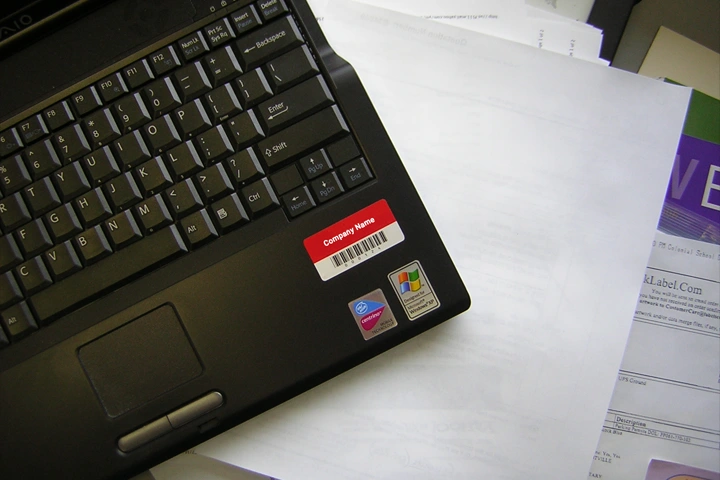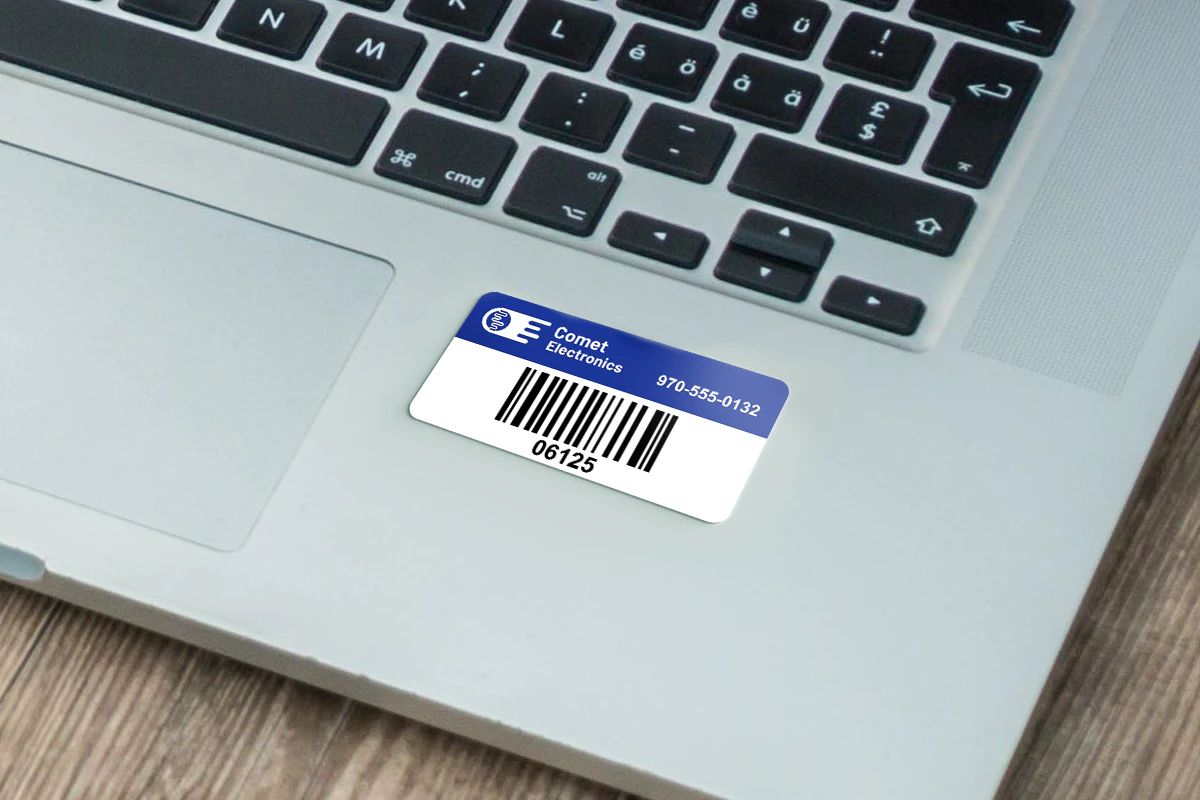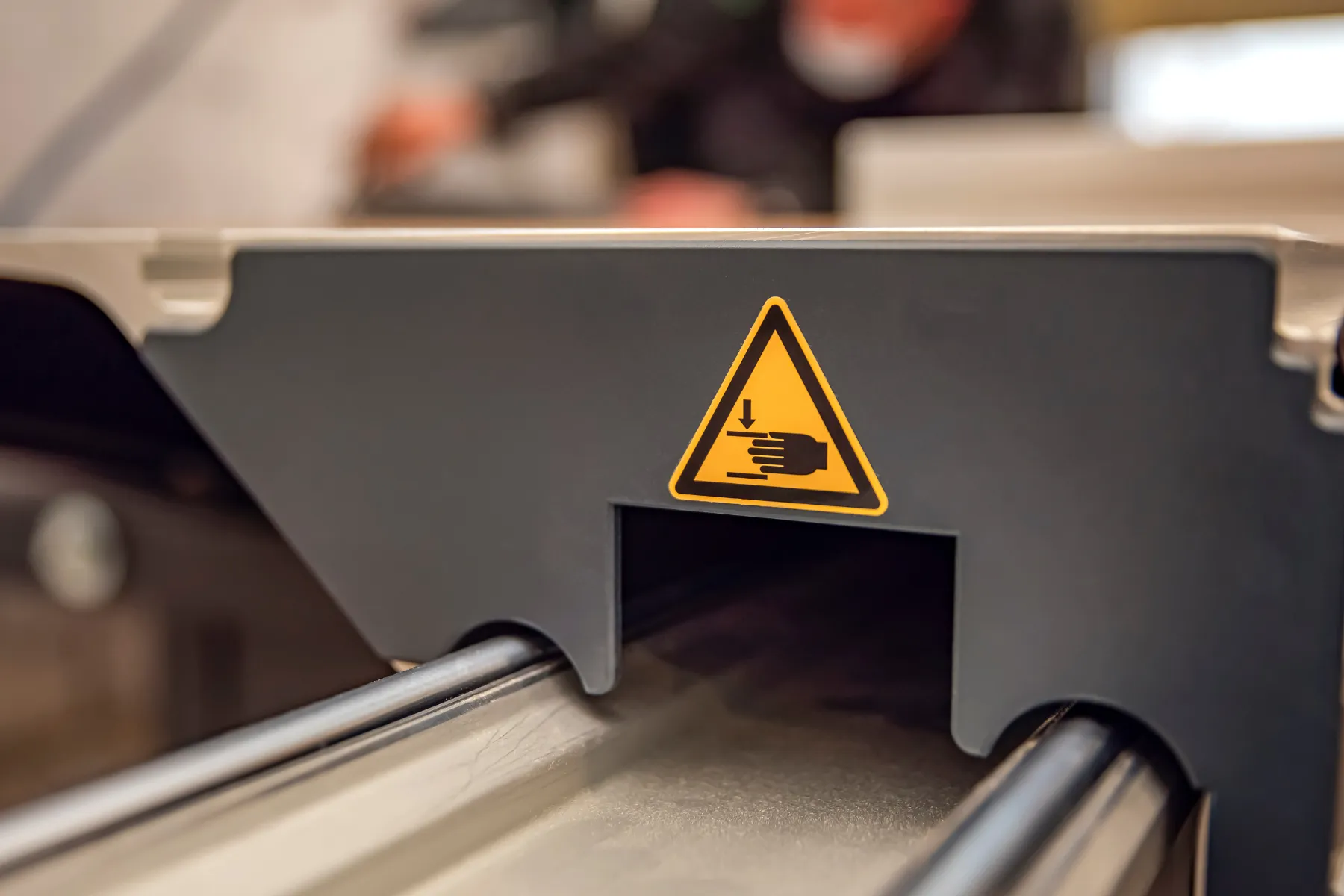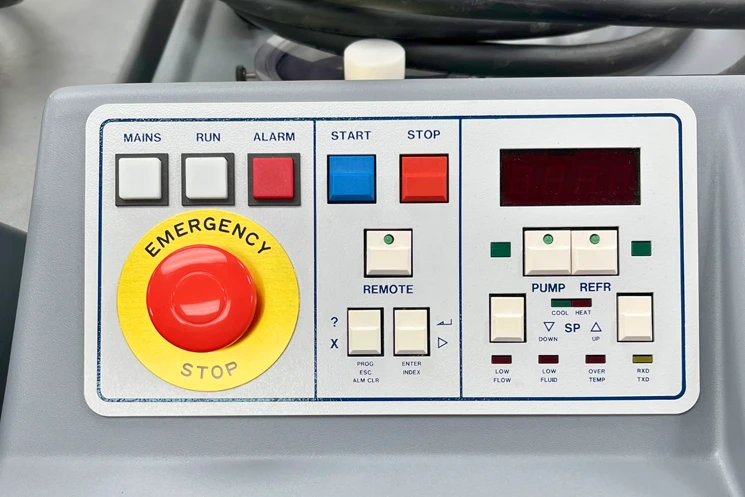Laptop tracking solutions help organizations monitor, protect, and recover laptops by connecting each device to a unique ID and using systems to track where it is, who has it, and what condition it’s in.
Whether you’re managing gear across an office, school, or remote workforce, good tracking reduces losses, improves accountability, and keeps sensitive data out of the wrong hands.
Types of Laptop Tracking Solutions
Laptop tracking solutions help locate lost or stolen devices and keep your assets secure. Here’s a breakdown of the main tracking options available today:
1. Built-in Tracking Features
Windows Find My Device
Microsoft’s built-in tool for tracking Windows 10+ devices through your account dashboard. Learn more: Microsoft Support – Find My Device.
macOS Find My
Apple’s remote tracking tool lets you locate, lock, or wipe a lost MacBook. Learn more: Apple Support – Use Find My.
2. Third-Party Anti-Theft Software
Prey
Free and open-source tool that tracks location, captures webcam images, and can lock or wipe devices. Learn more: Prey Project.
Absolute Software (LoJack for Laptops)
Paid tracking and recovery software with geolocation, forensic investigation, and theft recovery features. Learn more: Absolute – LoJack for Laptops.
LockItTight
Lightweight tracking software for laptops, offering screenshots, webcam images, and IP logging. Learn more: CNET Review – LockItTight.
3. Bluetooth Trackers
Tile
A small Bluetooth device that attaches to laptops and is trackable via smartphone. Learn more: Life360 – Tile Tracker.
4. GPS Tracking
Built-in GPS Capabilities
Some high-end laptops include GPS chips that allow live location tracking when connected or sometimes offline.
5. Asset Tags Tracking
Barcode Asset Labels
Many IT teams use serialized labels and spreadsheets (like Excel or Google Sheets) to track devices by user, location, and maintenance status. Learn more: How to Track and Locate Assets with Asset Tracking Tools.
Laptop Tracking Solutions Compared: Built-in Tools, Software & Asset Tags
| Tracking Method | Cost | Setup Time | Works Offline? | Best For |
|---|---|---|---|---|
| Built-in Tools (Windows/macOS) | Free | Low | No | Individual users, small teams |
| Prey / LoJack (Software) | $0–$60/year | Medium | Limited | Remote teams, enterprise IT |
| Bluetooth Trackers (Tile) | $20–$40/device | Low | Yes (within range) | Short-range tracking, personal devices |
| Asset Tags + Spreadsheet | Low | Low | Yes | IT teams, schools, loaner programs |
| GPS-Enabled Devices | Varies by model | High | Yes | Fleet devices, field teams |
Why Laptop Tracking Matters More Than Ever
Laptops are mobile, expensive, and often loaded with proprietary or sensitive information. According to Kensington’s IT Security Study, one laptop is stolen every 53 seconds, and the average corporate data breach costs over $4 million.
Most losses aren’t due to theft—they’re from misplacement, forgotten loans, or outdated inventory lists. Without a tracking solution, you risk not only the cost of the machine but also exposure of confidential data, downtime, and trust issues.
How Tracking Works (And Why Labels Still Matter)
At its core, laptop tracking starts with assigning a unique ID to each device. This ID is linked to:
- The user who checked it out
- The device’s specs, serial number, and condition
- Maintenance history
- Purchase and warranty data
Most organizations track this using software—but labels are the first link in that chain. A durable barcode or serialized asset tag is what allows anyone to scan and verify a laptop on the spot, without guessing or relying on memory.

Example: A University IT Department Gets Control
A major midwestern university was losing 5–7 laptops a semester in its student IT loaner program. Most weren’t stolen—they were just forgotten, moved, or mixed up. After implementing serialized barcode labels tied to an Excel-based tracker, losses dropped by 80% in one year.
By scanning barcodes during check-in/out and monthly audits, the team could spot misplaced gear before it disappeared and flag overdue devices automatically.
What to Look for in a Laptop Tracking Setup
| Feature | Why It Matters |
|---|---|
| Barcode asset labels | Permanent, scannable ID that survives wear |
| Tracking spreadsheet/software | Links ID to person, status, history |
| Remote disable or lockout | Stops unauthorized use or access |
| Check-in/out system | Makes it easy to assign and track movement |
| Email alerts or audit flags | Warns you of overdue or unreturned devices |
Tracking doesn’t have to mean expensive platforms. Many teams use Excel, Google Sheets, or lightweight tools that plug into existing workflows—as long as each device is clearly tagged.
Choosing a Label That Lasts
If you’re relying on property records alone, you’re trusting someone to remember what machine is which. The label is what makes it visible—and reliable.
Polyester barcode labels are ideal for laptops because they resist:
- Smudging and wear from handling
- Cleaning solutions
- Heat from device use
Look for labels with permanent adhesive and clear contrast so barcodes remain scannable, even after heavy use.
Choosing a Label That Lasts
If you’re relying on property records alone, you’re trusting someone to remember what machine is which. The label is what makes it visible—and reliable.
Polyester barcode labels are ideal for laptops because they resist:
- Smudging and wear from handling
- Cleaning solutions
- Heat from device use
Look for labels with permanent adhesive and clear contrast so barcodes remain scannable, even after heavy use.
Planning to Track Laptops Across Your Team?
If you’re tagging laptops and setting up a tracking system, the label you use can either support the whole setup—or undermine it. A good laptop tracking solution starts with something that stays put, scans easily, and ties to the right data. That’s why so many teams turn to durable asset tracking labels that hold up in IT settings, remote work kits, and education programs.
Laptop Tracking Solutions FAQs
They combine an ID label (like a barcode or serial number) with a digital log of who has the device, where it belongs, and what its status is. Some include software with scanning, alerts, and lockout features.
No. Many organizations use Excel or Sheets paired with barcode scanning. Software makes it faster, but the key is labeling every device clearly and logging its activity consistently.
Polyester barcode labels with permanent adhesive are a smart choice. They hold up to heat and handling and stay readable after months of use.
It reduces casual loss and misplacement. When devices are marked, scanned, and tied to a user, people are more accountable—and IT teams spot issues faster.
Monthly or quarterly audits work well, depending on how mobile your gear is. Scanning each barcode during audits confirms location and condition quickly.
Start where you are. Tag what’s still in use and rebuild the list as devices turn up. It’s better to track 80% well than ignore the issue.
No, laptops don’t come with built-in GPS trackers for delivery. But the package itself is tracked using shipping barcodes and Asset Tags. Carriers scan these at each step—so you can follow your laptop’s journey online. Some companies may also add Equipment Labels or smart trackers (like RFID or Bluetooth) for extra security, especially for business or bulk shipments.



